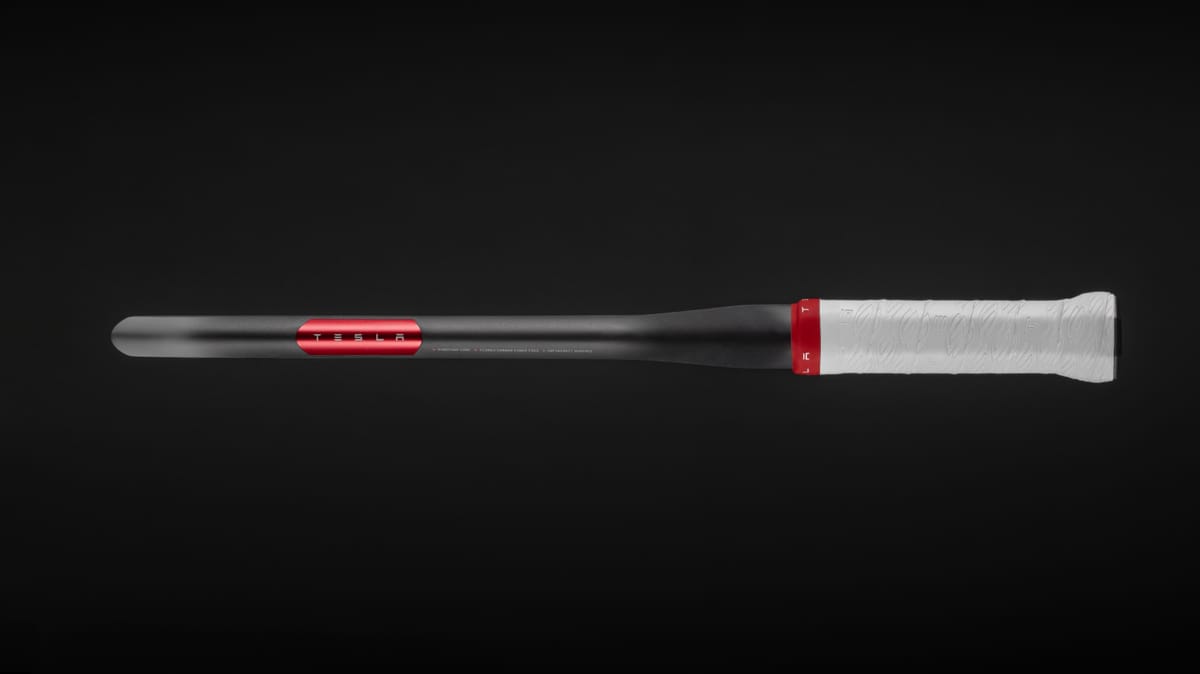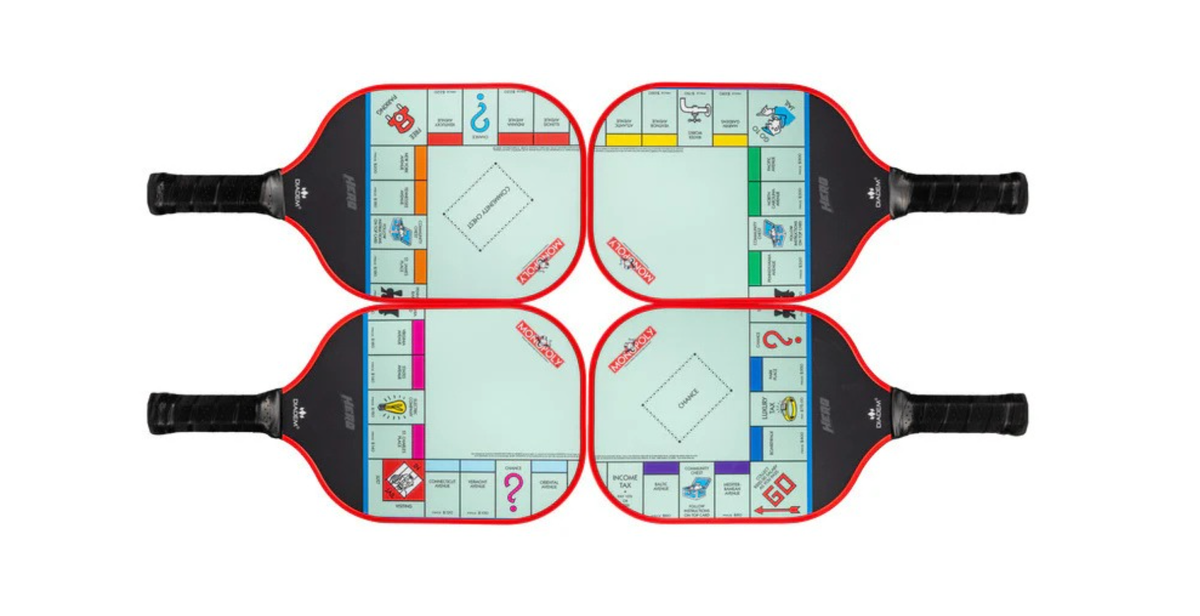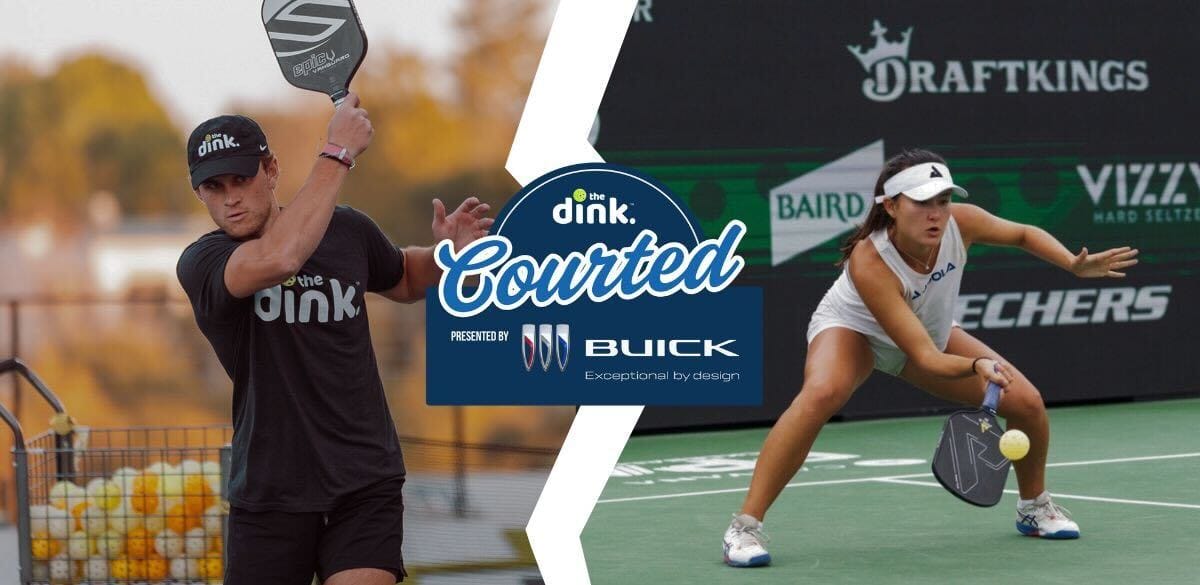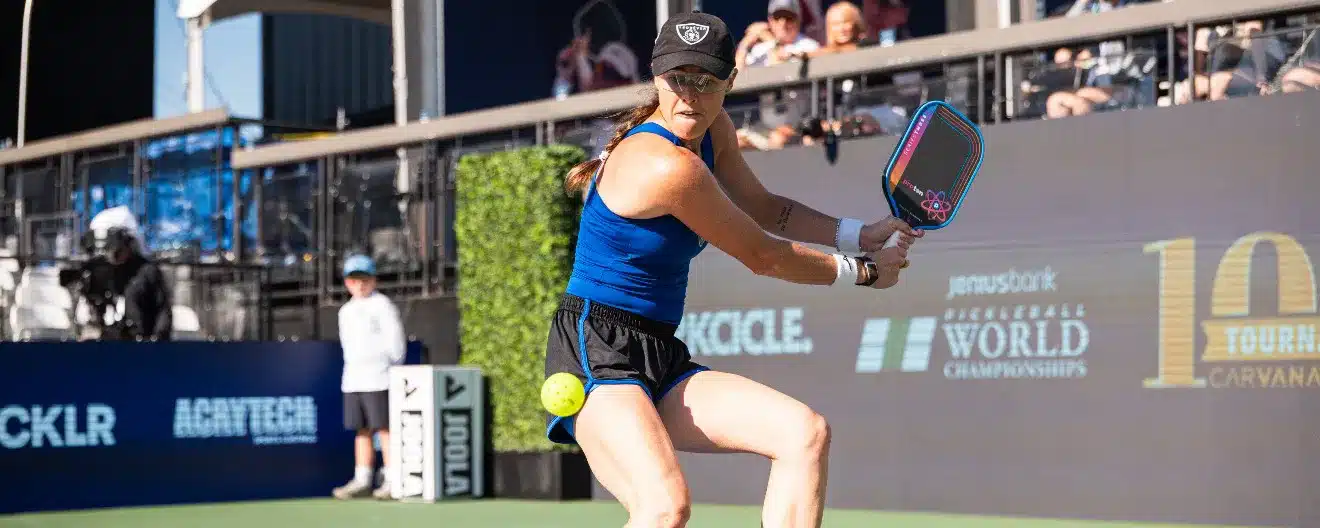We've all been there: attempting to hit a powerful forehand in pickleball, only to have the ball soar over the fence or laser right into the net. It can be frustrating, but with the right technique and practice, anyone can master the art of the power forehand in pickleball, and drive the ball like a pro. Here's how:
A power forehand in pickleball involves proper stance, grip, and swing technique. Start with a square stance, feet shoulder-width apart. Hold the paddle using an Eastern grip, and maintain a relaxed yet firm grip. Rotate your hips and shoulders while swinging to generate power.
There's of course more to it than this, but at a top level, hitting a forehand drive is this simple. And it's worth honing your skills too if you want any sort of competitive edge. A well-executed drive can catch your opponents off guard, increase your shot variety, and put you in control of a rally. In other words, mastering the power forehand makes you a more formidable and versatile player on the court.
In this article, we'll break down the essential components of a powerful forehand in pickleball, providing step-by-step guidance to help you refine your technique. With expert tips and practical advice, you'll be on your way to unleashing your full power.
The Fundamentals of the Forehand Drive
Before diving into specific techniques, it's best to start with the foundation of a forehand drive in pickleball. Mastering the fundamentals will provide a solid base for developing a powerful, controlled forehand - and that's a game-changer on the court.
1. Hold Your Paddle with the Proper Grip
Use the eastern grip, you'll gain a comfortable hold with optimal control, and still be able to easily transition between forehand and backhand shots.
To execute a powerful forehand drive with the eastern grip:
- Shake hands with the paddle, forming a "V" between your thumb and index finger.
- Position the paddle perpendicular to the ground, with the flat surface facing away from you.
2. Stance and Preparation
It's easy to get caught up in the position of your arms and hands when talking about anything pickleball form, but the real unsung hero of power comes from your legs. Your stance and footwork are essential elements. It starts with a square stance where your feet are shoulder-width apart and your knees slightly bent. This allows your body to move laterally at a moment's notice. Keep your weight on the balls of your feet and stay alert, just like a split step, this will keep you ready to react to incoming shots swiftly.
- Adopt a square stance, with your feet shoulder-width apart and parallel to the net.
- Bend your knees slightly, maintaining a low center of gravity.
- Keep your non-dominant hand on the throat of the paddle for balance and control.
The Swing Mechanics
The swing and follow-through significantly impact the power, accuracy, and consistency of your forehand drive. It's best to think of a swing in two stages: the loading phase and the contact to follow-through phase.
3. Swing - Loading Phase
As you prepare for the shot, the rotation of your body creates torque - this is how you generate power.
- Rotate your hips and shoulders as you prepare to hit the ball.
- Keep your elbow slightly bent and close to your body.
- Position the paddle behind and slightly above the ball, creating a "C" shape with your arm.
4. Swing - Contact and Follow-Through
Just because you make contact with the ball doesn't mean your swing stops. Doing so removes any power from your swing, and it's usually the biggest reason people lack power in their drives. So swing through the ball, making contact at the paddle's sweet spot, and continue the motion, allowing the paddle to naturally follow through.
- As the ball approaches, step into the shot with your front foot.
- Rotate your hips and shoulders, transferring your weight from the back foot to the front.
- Maintain a firm wrist, striking the ball with a flat paddle face for maximum power.
- Follow through, extending your arm fully and finishing high.
Key Strategies and Tactics
Practice and repetition are key to refining your forehand drive technique. Spend time working on each component, gradually increasing the speed and power of your shots. As your muscle memory develops, you'll notice improvements in your forehand drive, making it a reliable weapon on the pickleball court.
Incorporate the following strategies to make your forehand drive even more effective.
Targeting Weaknesses
Like a chess match, your power forehand is best used once you identify and exploit your opponent's vulnerabilities. Aim for their weaker side, typically the backhand, to increase the likelihood of forcing an error or creating an opportunity for an aggressive shot.
Depth and Placement
Hitting deep shots is a strategic way to keep your opponent on their toes. Try placing the ball close to the baseline, you'll force them to play further from the net, limiting their options for a strong return or opening gaps in the kitchen for a soft dink. Consistently placing your shots with precision will increase your control over the game and put additional pressure on your opponent.
Ball Control
Adding topspin to your drives is a great way to complicate things for your opponent. Topspin keeps the ball low and adds a challenging trajectory, increasing the chance of drawing an unforced error.
Variety and Disguise
Mixing up the pace and direction of your shots can keep your opponent guessing and off-balance. Incorporate a variety of angles, spins, and speeds into your power forehand to disrupt their rhythm and make it harder for them to anticipate your next move.
Patience and Timing
Just like dinking, a great drive starts and ends with timing and patience. Knowing the right moment to drop a missile is the difference between winning a rally and losing one. Wait for the right opportunity to strike, such as when your opponent is out of position or sends a weak return.
Common Mistakes and How to Avoid Them
Avoid these common mistakes to ensure your forehand drive is both powerful and accurate:
Over-Swinging
Over-swinging leads to loss of control and reduced accuracy. This is usually the result of players that fail to follow through, so to correct they unfortunately overcorrect and do more harm than good.
Instead, focus on controlled, fluid motions to generate power while maintaining precision. Think of your arm as a whip, snapping through the shot with a smooth, relaxed motion.
Poor Ball Contact
Striking the ball with the center of the paddle face is crucial for optimal power and precision - you want to maximize the sweet spot for optimal pop on your shot. Poor ball contact can result from misaligned body position, incorrect timing, or simply not knowing where the sweet spot is on your paddle.
To improve ball contact, practice your footwork and timing to ensure you're in the right position to hit the ball squarely, making a conscious effort to keep your eye on the ball until the moment of impact.
Inadequate Follow-Through
Although mentioned previously, it's so common and important that it's worth repeating: some players tend to stop their swing too early, resulting in a weaker, less controlled shot. Ensure your arm extends fully during the follow-through, with the paddle finishing high and across your body. This helps maintain the desired trajectory and imparts more power into the shot.
Rushing the Shot
This is another common mistake that players make. It's the result of trying to add power to the shot, but somewhere along the way wires get mixed and what's meant to add power ultimately ends up rushing the stroke. Players that rush their power forehand sacrifice technique for speed.
Simply take your time to set up the shot, focusing on proper footwork, weight transfer, and paddle preparation. Remember, generating power is not solely about arm strength but also involves the entire body working in harmony. Especially your trunk rotation!
Inconsistent Stance
If your stance is constantly changing, it's difficult to develop muscle memory and a reliable shot. Practice maintaining a balanced and stable stance, with your feet shoulder-width apart and knees slightly bent. This provides a solid foundation for generating power and maintaining control during your swing.
Powerful Drives Are Foundational
The power forehand is a vital weapon in any pickleball player's arsenal. By focusing on proper stance, grip, and swing technique, you can improve your shot accuracy and power. Remember, it's not just about strength; it's about the entire body working in harmony to generate force and control.
With consistent practice, you'll see steady progress and find yourself outmaneuvering your opponents on the court. As you develop this skill, you'll find that pickleball becomes even more engaging and rewarding. The thrill of hitting that perfect shot, the satisfaction of watching your opponents scramble to return it – these are the moments that make the sport so captivating.
Keep in mind that, like any skill, mastering your drive shot takes time and dedication. Stay patient, embrace the learning process, and remember that even the pros had to start somewhere. With a combination of persistence, determination, and the right paddle, you'll be well on your way to unleashing your full power in pickleball.
Anuncie Aqui / Advertise Here
Sua marca para o mundo Pickleball! / Your brand for the Pickleball world!

 English
English  Spanish
Spanish  Portuguese
Portuguese  German
German  Italian
Italian  Japanese
Japanese  French
French  Polish
Polish  Russian
Russian  Netherlands
Netherlands  Hungarian
Hungarian  Turkish
Turkish  Videos
Videos 








 English (US) ·
English (US) ·  Portuguese (BR) ·
Portuguese (BR) ·